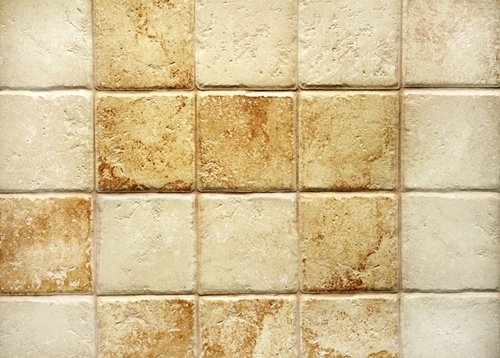
Homeowners can widen their decorating options significantly when they consider texture along with color and patterns in their design scheme.
Using fabrics against the hard surfaces of wood furnishings often makes a room seem more inviting. Even masculine styles like Mission furniture benefit from the interplay of different textures in upholstery on cushioned seating.
Complementing Patterns
To choose patterns that complement rather than conflict with each other, there should be a similarity in the shapes and their size in the pattern regardless of whether they're in different colors, according to The Learning Channel. However, materials that have contrasting textures should share colors that are in the same family or have a "resemblance" in tone. Grid and checkerboard patterns are among the easiest to blend with square and rectangular shapes.
Accessories can also add a tactile quality to a design plan. Wicker furniture has an earthy texture, but it goes well with china or glass for an elegant vintage feel, and brings out the rustic appeal of decorative pieces in hammered metals and wrought iron.
Same Color, Different Textures
A monochromatic color scheme presents a special challenge to home decorators when hues are too close in intensity or within the same color family. Blending them together successfully depends on an infusion of textures to break up the uniform look.
Be careful not to allow monochromatic to become synonymous with boring. A shot of color that's outside the design scheme is a popular designer's trick that has an ironic twist. Rather than taking away from the mono look, it underscores it because the overall color is seen immediately in contrast to a small accent.
DesignRulz.com featured a blue living room in which the walls were painted a deep blue, with a sofa in a gray-blue paisley pattern and upholstered chairs in a subtle blue and beige plaid. An additional chair in blue leather brought in yet another texture.
It's the variety of textures that brings each element together and gives each its own character rather than allowing it to blend into the background.
A Broader Mix
Include wall treatments in your choice of textures. High-gloss paints are more reflective than flat paints, for instance. For more depth, try grass cloth or Venetian plaster instead of paint or wallpaper.
Flooring should also be considered for the textures they bring to the decorating mix. Just as a choice of window coverings influences the temperature and lighting in a room, adding heated floor tile that generates radiant heat to warm the space gives homeowners the benefit of a clean, energy-saving form of heat. It also provides a warm tile floor with comfortable, uniform heating.
Creating a certain atmosphere can be achieved based on which soft furnishings are chosen. Light and airy fabrics for window treatments brighten up a room, for instance, while heavier materials for drapery or roman shades make a room cozier. If area rugs are used, coordinate the colors and patterns to unify the overall look of a room design.




